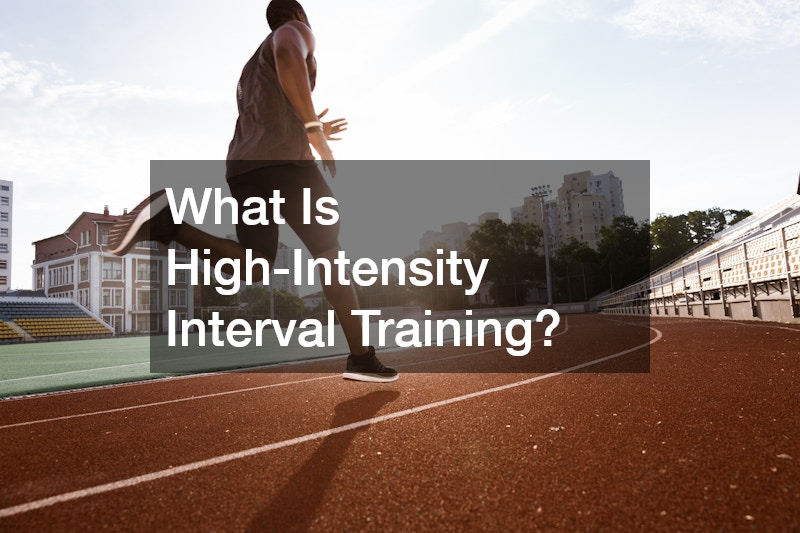High-Intensity Interval Training (HIIT) is a popular workout method that alternates between intense bursts of physical activity and short periods of rest or low-intensity exercise. This approach is designed to push your body to its limits during the high-intensity phases, followed by brief recovery intervals that prepare you for the next round of exertion. HIIT can be applied to various forms of exercise, including running, cycling, strength training, and bodyweight exercises, making it highly versatile and adaptable to different fitness goals.
How Does HIIT Work?
HIIT workouts typically last anywhere from 10 to 30 minutes, depending on the routine and fitness level of the participant. The key to HIIT’s effectiveness lies in the alternating cycles of high-intensity effort and recovery.
For example, you might sprint for 30 seconds, then walk or jog for 1 minute. This cycle would be repeated multiple times throughout the workout.
The goal of the intense intervals is to bring your heart rate to about 80-95% of its maximum capacity, significantly more than what you might achieve in a steady-state cardio session like jogging. The recovery periods allow the body to catch up before launching into the next high-intensity segment. This format challenges both the aerobic and anaerobic systems, promoting cardiovascular health, endurance, and muscle strength.
Benefits of HIIT
One of the primary benefits of HIIT is its efficiency. Because it involves such intense physical exertion, HIIT workouts can deliver results in a fraction of the time compared to traditional steady-state cardio workouts. Many people who are pressed for time find HIIT an excellent way to maintain fitness with short but effective sessions.
HIIT also helps in burning calories and fat quickly. The post-exercise oxygen consumption (EPOC) effect, often referred to as the “afterburn,” is higher after HIIT compared to lower-intensity exercises. This means your body continues to burn calories even after you’ve completed your workout.
Additionally, HIIT can improve heart health. Studies have shown that it can lower blood pressure, regulate blood sugar levels, and reduce the risk of cardiovascular disease. Moreover, because of the strength and endurance built during high-intensity intervals, HIIT workouts can also help increase muscle mass when combined with resistance exercises.
Getting Started with HIIT
If you’re new to HIIT, it’s essential to start gradually. Begin with shorter intervals and longer rest periods, and slowly increase the intensity as your fitness level improves. HIIT is intense by nature, and proper warm-up, cool-down, and attention to form are crucial to prevent injury.
Watch the video above to learn more about high-intensity interval training!
.






